Best XC helmets – cross-country and marathon helmets that balance protection with ventilation
Our expert pick of the best XC mountain bike helmets available today
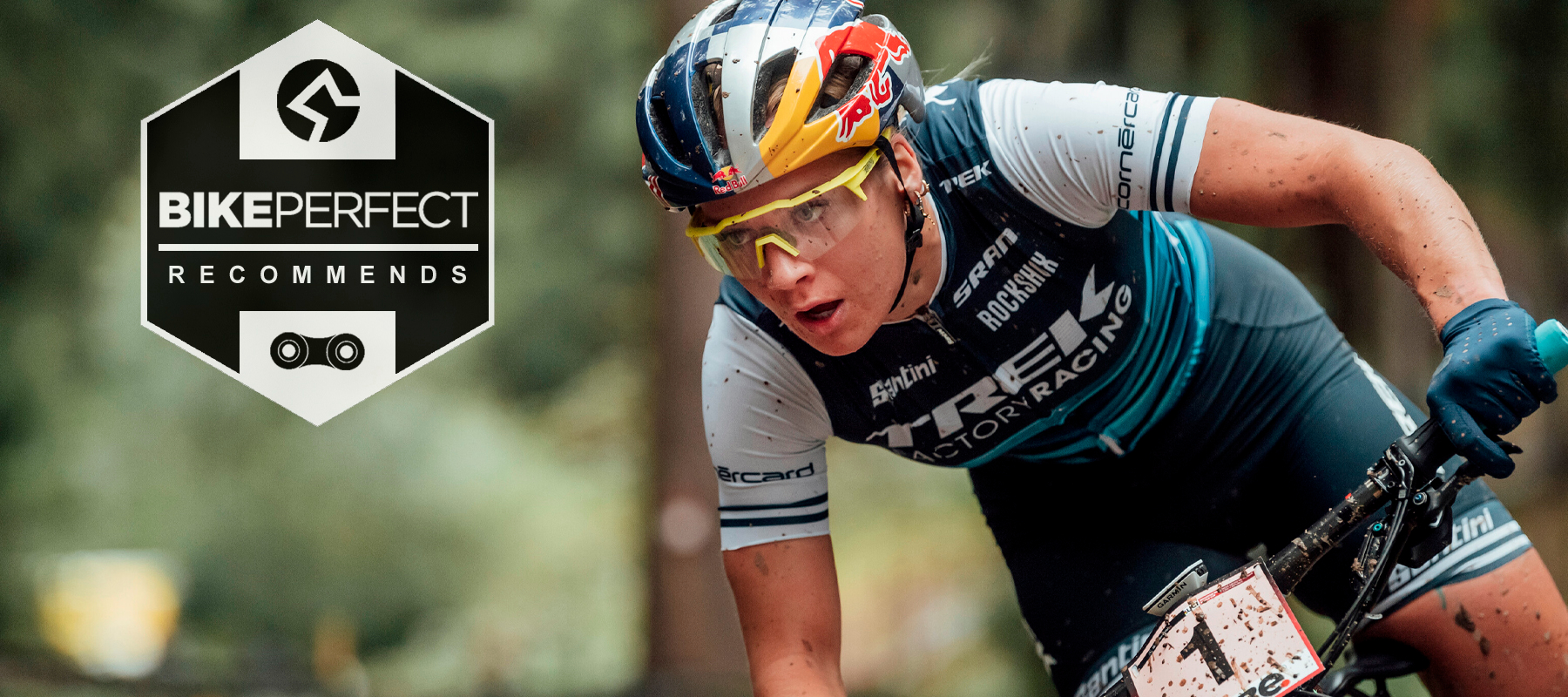
Cross-country racing is an intense discipline, whether you are taking part in Olympic cross-country (XCO) or a marathon event (XCM). Riders need to be able to race full gas on the climbs, as well as deal with the descents confidently. The best XC helmets therefore need to cover a lot of bases, with weight, protection and ventilation all being important considerations.
For information on Bike Perfect's testing procedures and how our scoring system works, see our how we test page.
With their superior levels of ventilation and aerodynamics, many racers prefer road-style helmets for XC, especially with modern brands now offering improved protection measures and concussion-reducing rotational slip-plane liners.
There are plenty of styles to choose from – check out our guides also to best mountain bike helmets, best trail helmets and best full-face mountain bike helmets. It’s a personal choice and you’ll want to consider not only protection and ventilation, but also the technicality of the course, as well as comfort, fit and budget. To help you make the right choice, we’ve rounded up our pick of the best XC helmets on the market.
Best XC helmets
Why trust BikePerfect
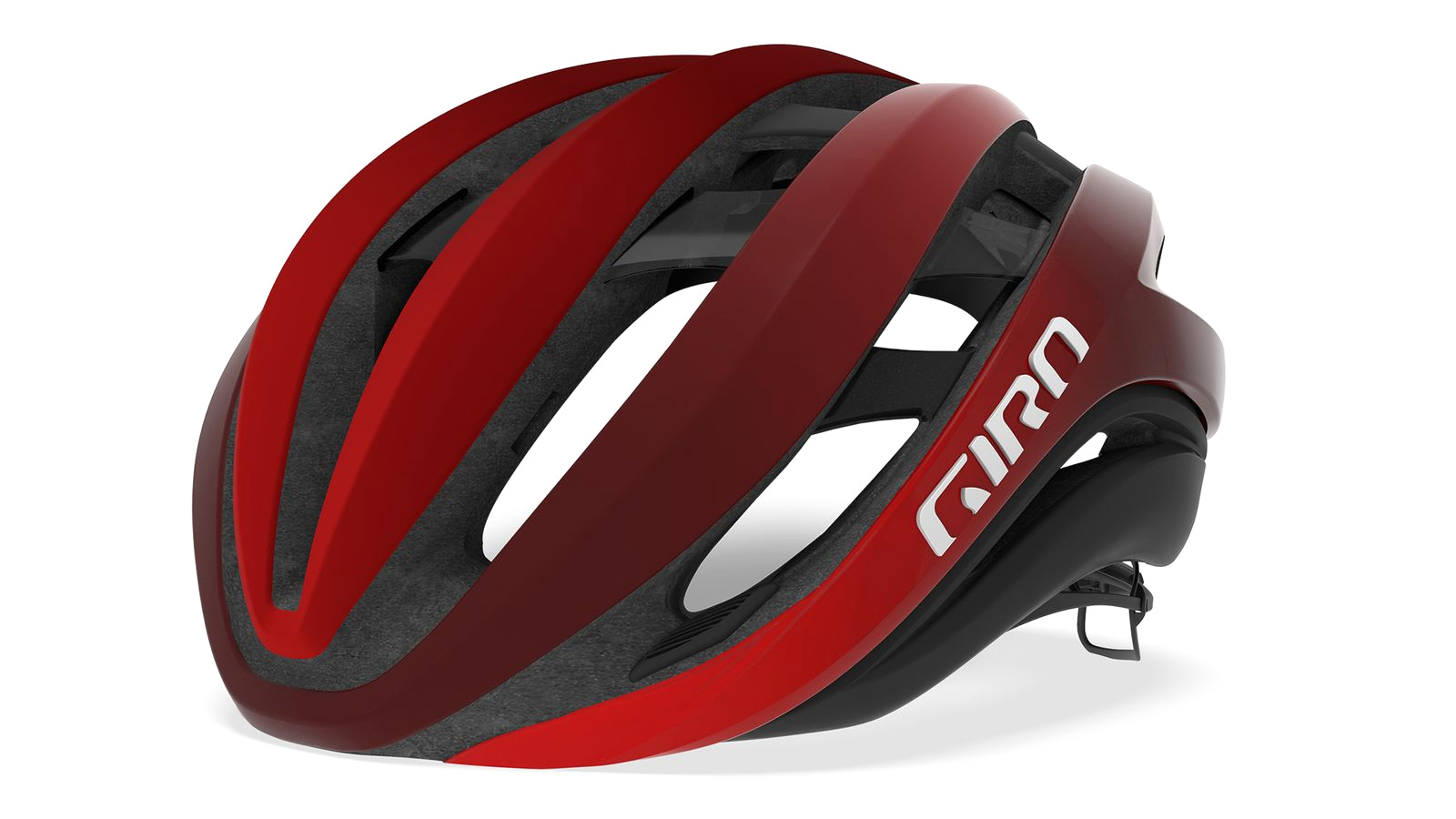
Giro Aether Spherical
Specifications
Reasons to buy
Reasons to avoid
Giro has been making helmets for a long time and has packed everything it has learned into the Aether Spherical to create its most advanced head protection yet.
Giro has used a dual-density EPS foam liner and progressive layering to protect against a wide range of impact types. Constructed from a six-piece shell the helmet utilizes an “AURA reinforcement arch” to improve shatter resistance upon impact.
Giro uses a proprietary MIPS system – dubbed Spherical – for the Aether. The standard MIPS system is an additional layer inside the helmet but the Aether Giro has incorporated it between two different foam layers. This has helped maximize comfort and ventilation. A Roc Loc 5 + Air fit system allows three-way adjustment for an optimal fit.
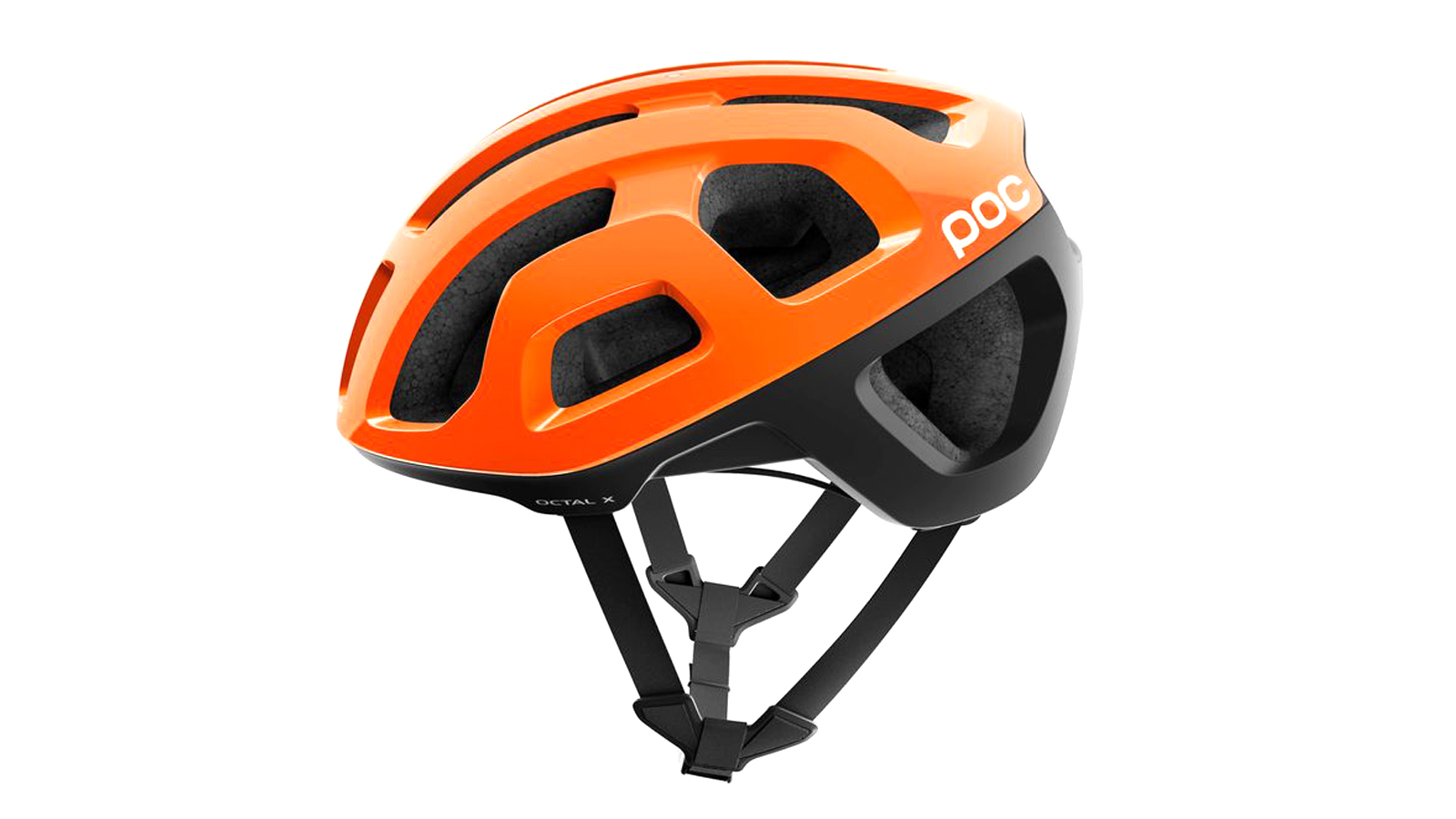
POC Octal X Spin
Specifications
Reasons to buy
Reasons to avoid
The Octal X Spin is a development of POC’s Octal road helmet and shares the same EPS liner, supportive Aramid bridge, and airy ventilation technology. By extending the helmet's shell to offer better head coverage and enhancing strength POC has improved the Octal X Spin to suit the rigors of off-road riding.
POC was one of the first brands to adopt MIPS but for the Octal X the company has opted for its self-developed SPIN technology. SPIN uses the shearing properties of the helmet's gel pads to handle rotational forces in a crash. POC claims that in its tests SPIN has outperformed equivalent MIPS systems.
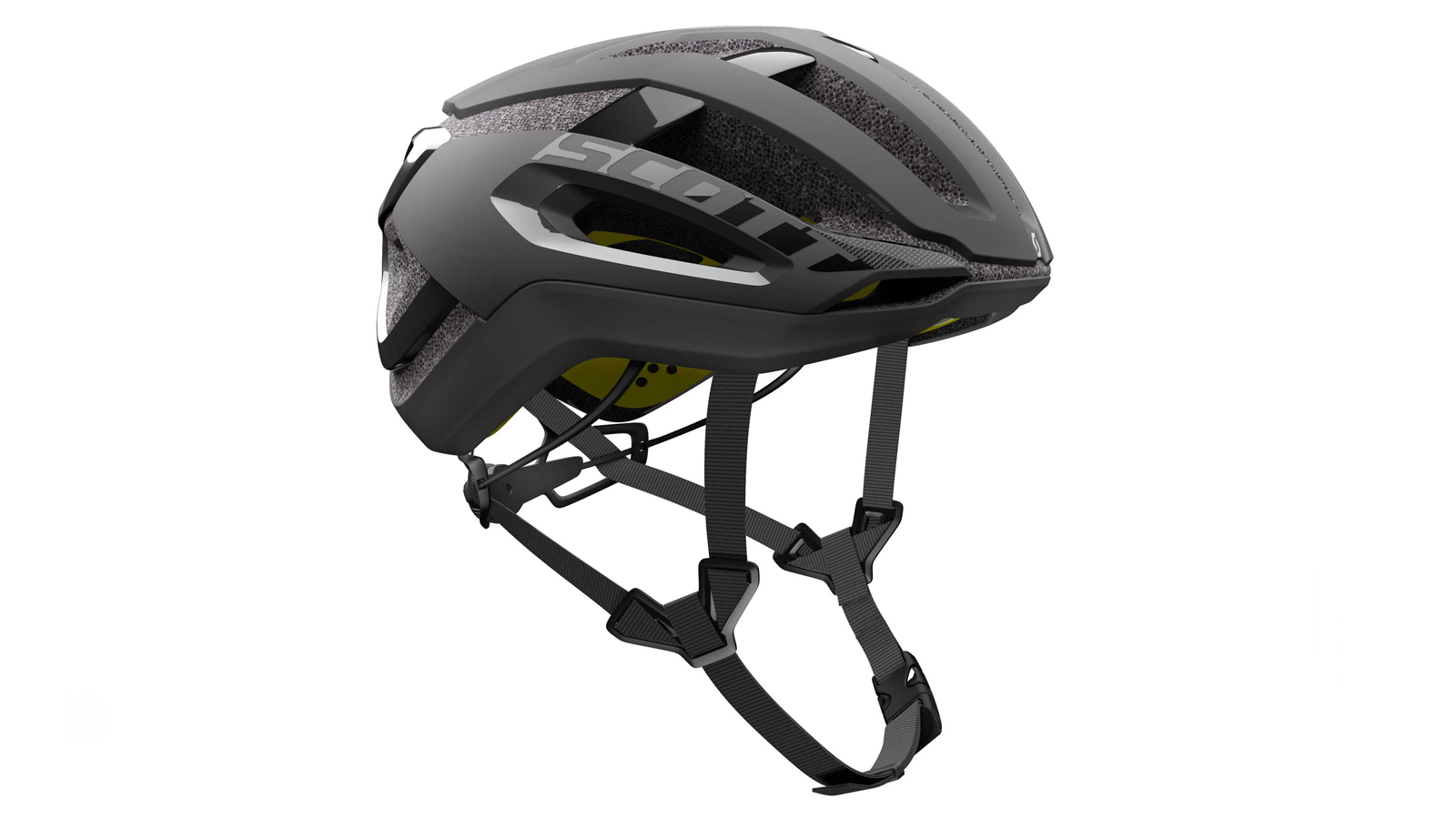
Scott Centric Plus
Specifications
Reasons to buy
Reasons to avoid
The Scott Centric Plus might be an aero-enhanced road design but Nino Schurter has shown it has the performance to excel as an XC helmet.
Many aero helmets suffer from restricted ventilation but Scott’s strategically placed vents allow airflow to channel over the head. Scott's Air Technology MIPS system protects against rotational forces and features a unique perforated construction enhancing cooling.
An impact-absorbing foam liner is fused to the polycarbonate outer shell to reduce weight and bulk around the head. The helmet is secured using Scott’s Halo Fit System that offers micro-adjustment fitting.
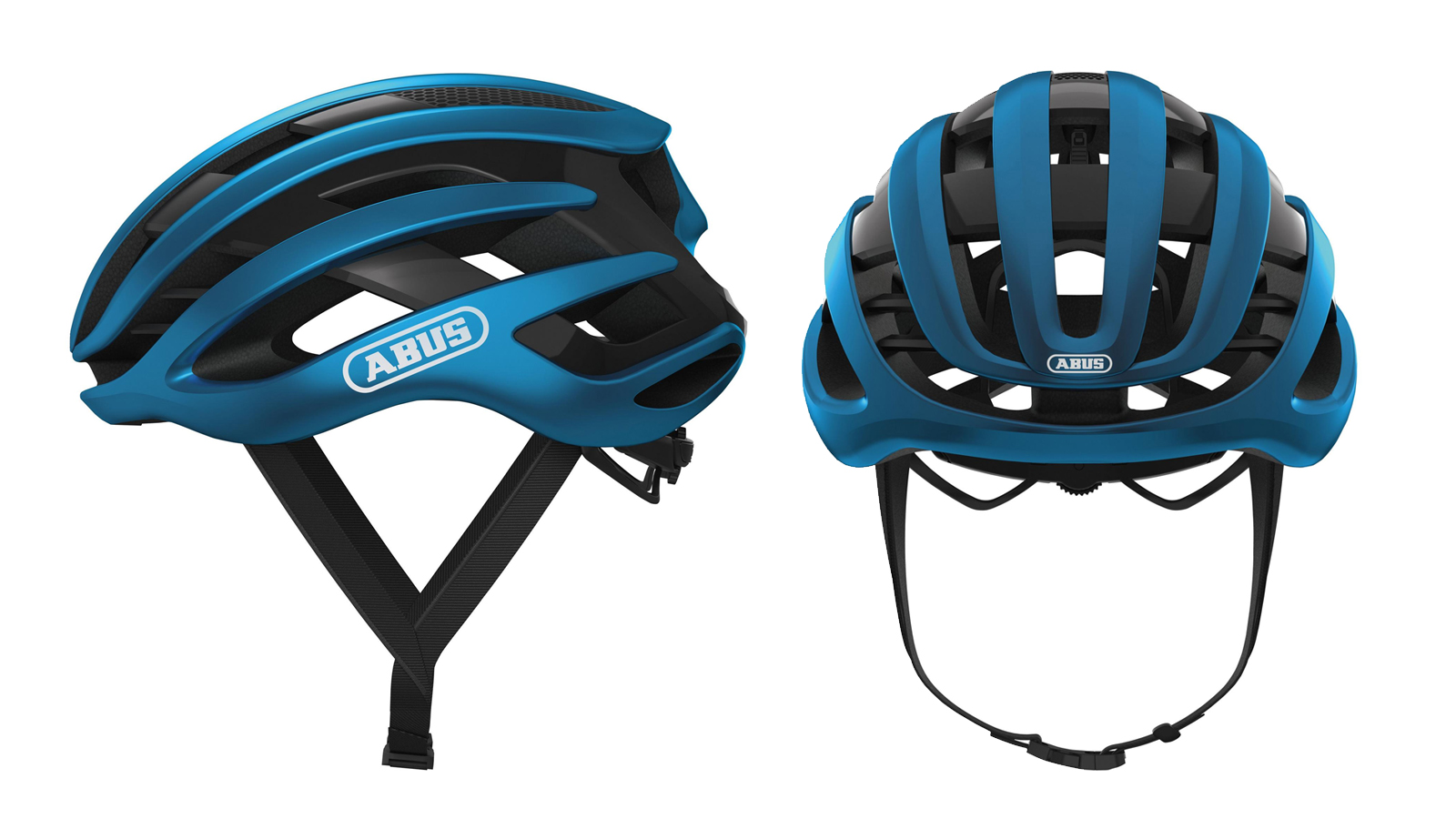
ABUS Airbreaker
Specifications
Reasons to buy
Reasons to avoid
Abus is best known for its excellent locks and bike security but the German company also offers protection for your head.
An ActiCage Lite system uses a plastic frame to provide integrated reinforcement to the helmet's in-molded structure and support the large vents. These vents form what Abus calls a 'Forced Air Cooling' system, offering multi-speed cooling through ventilation and heat radiation.
Abus' Zoom Ace head retention system is adjustable using a dial on the back for a secure fit. The chin straps have been designed to sit flush against the head to avoid fluttering in the wind.
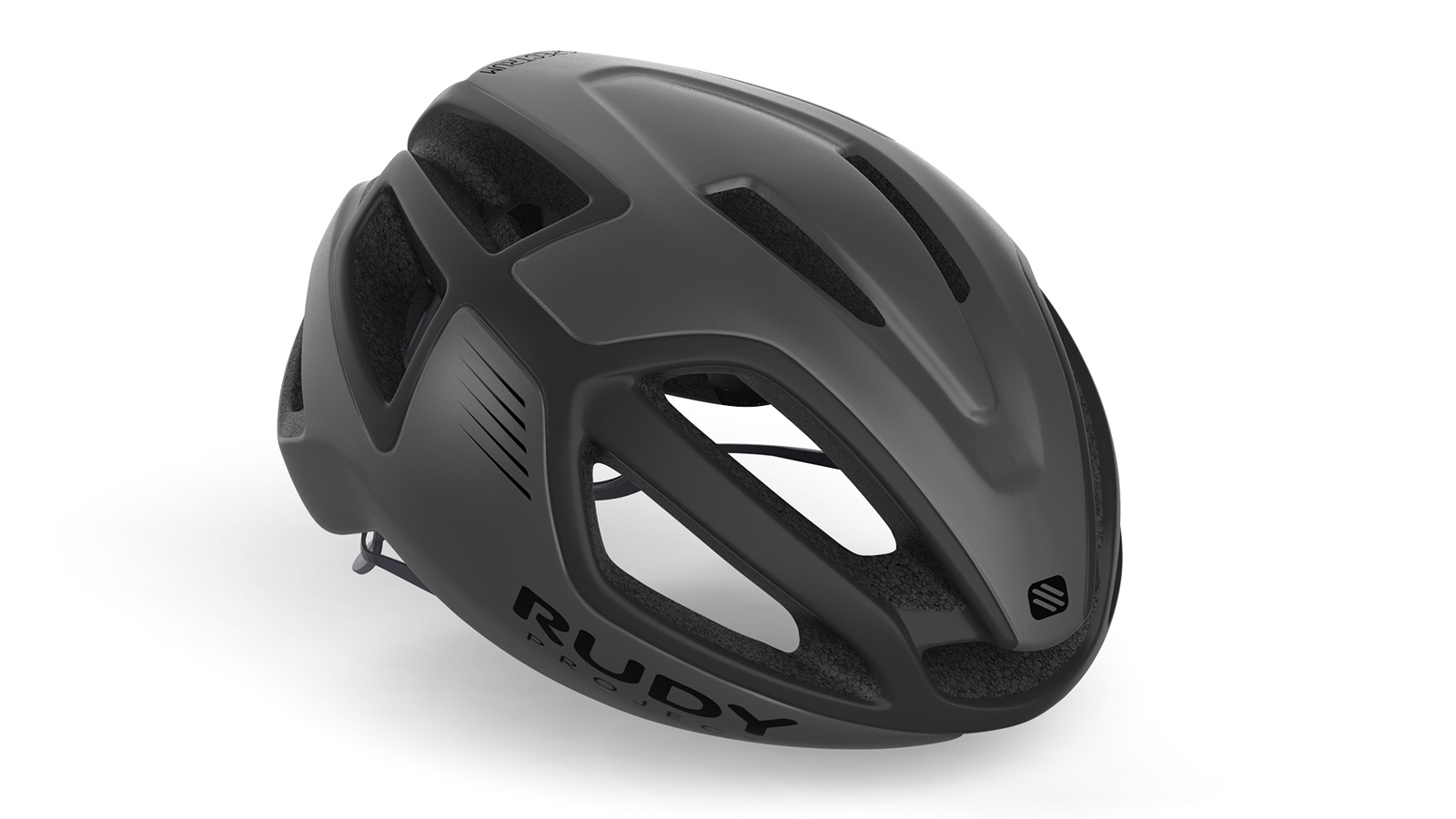
Rudy Project Spectrum
Specifications
Reasons to buy
Reasons to avoid
The Spectrum uses three in-molded EPS liners which increase rigidity and improve energy dissipation away from the head. 15 vents across the helmet work in conjunction to ventilate air through the helmet to keep you cool.
The RS10 retention system allows 360-degree closure around the head so that the fit is secure and comfortable. The retention system has multiple vertical and horizontal positions for fine-tuning the adjustment.
Other features include an Integrated Air Frame Band designed to channel air to your brow and a bug-stopping mesh liner to prevent insects and dirt from getting into the helmet while riding.
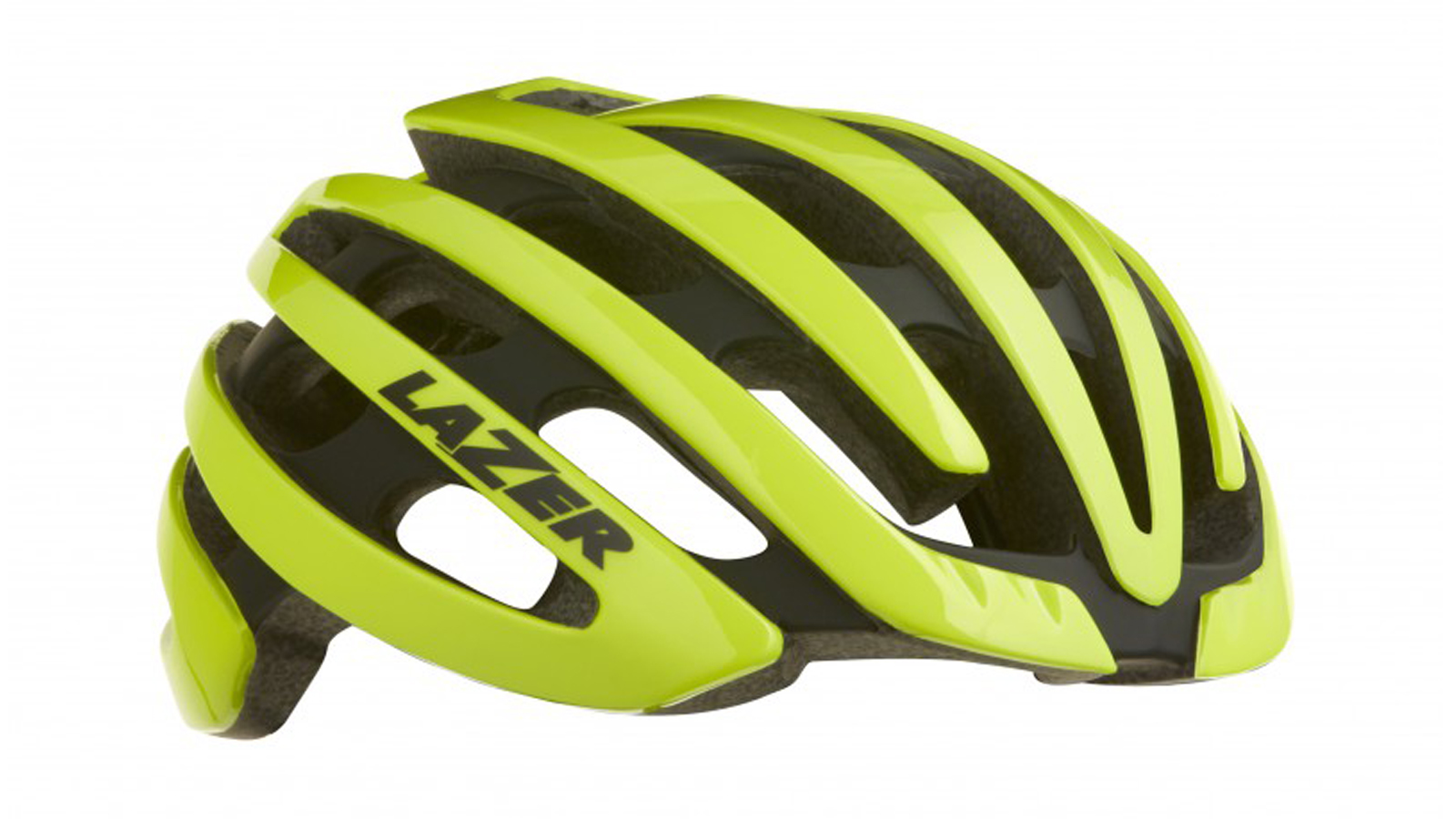
Lazer Z1 MIPS
Specifications
Reasons to buy
Reasons to avoid
The Layer Z1 has been stripped back to create a super lightweight helmet without sacrificing safety or comfort. It's also been updated with MIPS.
The Z1 is in-molded with a supportive nylon layer. The edges of the helmet have been dropped to add additional side impact protection for the temple area. Lazer's Advanced Rollsys System secures the helmet effectively applying pressure around the whole head. This uses a unique top-mounted dial that is easy to operate with one hand.
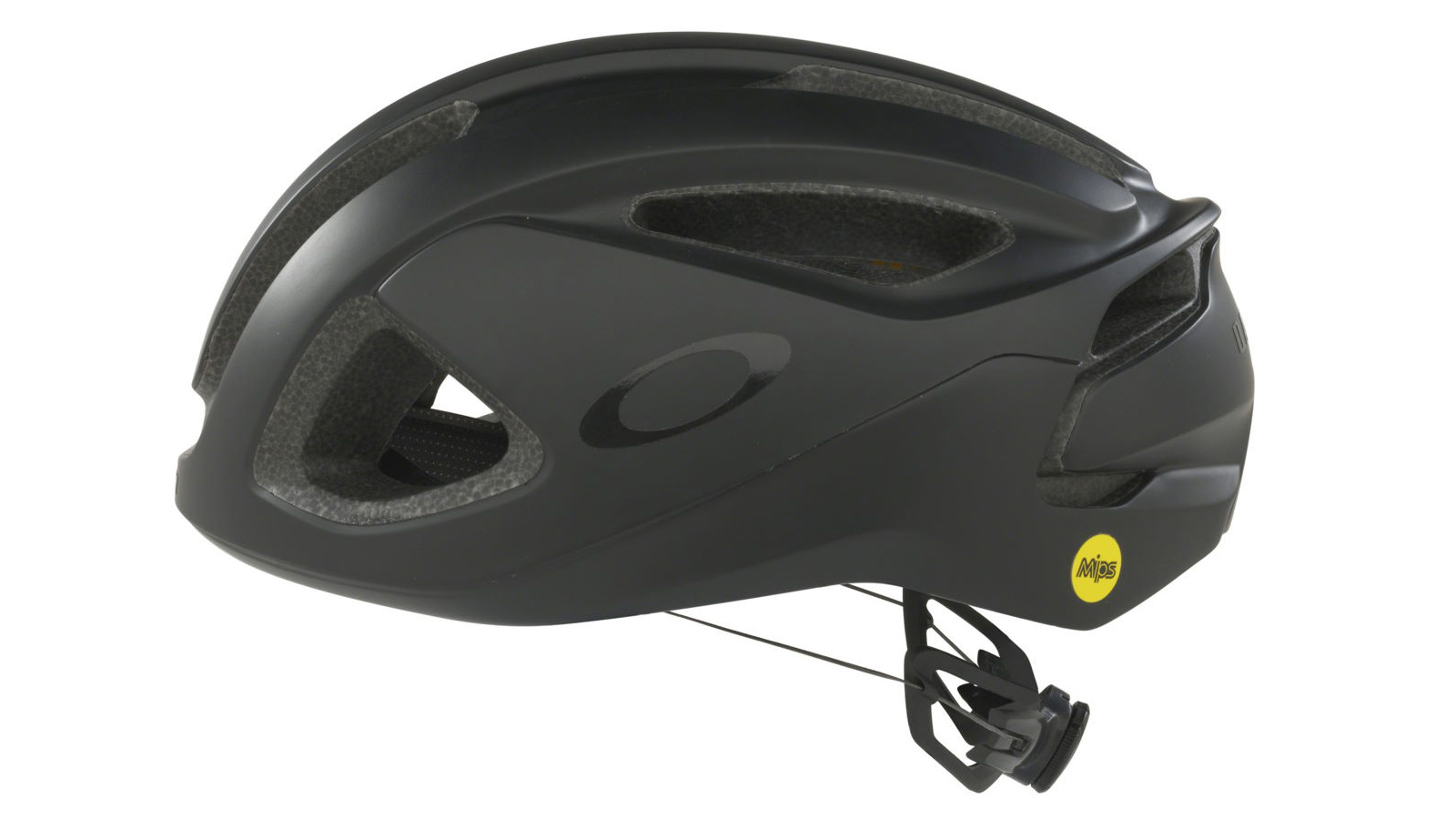
Oakley ARO3
Specifications
Reasons to buy
Reasons to avoid
Oakley’s ARO3 is one of the first helmets released by the eyewear giant and the bar has been set high. An EPS construction is combined with MIPS for great protection. Oakley designed the ARO3 to maximize airflow and features five large vents across the front to cool the head.
A slim-line Boa retention system eschews the traditional cradle type liner widely employed in this segment to avoid interference when wearing sunglasses. This isn’t the only sunglasses-specific feature – Oakley has included an integrated eyewear dock to securely hold your shades when you aren’t wearing them.

Bontrager Velocis MIPS
Specifications
Reasons to buy
Reasons to avoid
Bontrager has joined the aero helmet trend but says this has not affected the Velocis’ all-day comfort.
Ventilation on the helmet may look minimal but the front vents feed into internal channeling that distributes airflow across the head. In terms of safety, the Velocis utilizes a MIPS slip-plane system while retention is taken care of by way of a Boa dial.
An added bonus feature is the crash replacement warranty. If you happen to hit the deck and damage the helmet in any way (within the first year of purchase) Bontrager will replace it for free.

Specialized S-Works Prevail II MIPS ANGi
Specifications
Reasons to buy
Reasons to avoid
When it comes to safety Specialized has ramped things up significantly over the years and its ANGi sensor concept builds on this notion. What it does is send a text message to your emergency contacts (along with your coordinates) in the event of a serious crash, helping pinpoint your exact location.
In terms of design, Specialized has reduced the profile of the Prevail while maintaining airflow and providing more coverage around the head to improve protection. This comes compliments of a robotically woven endoskeleton.
By working with MIPS, Specialized has developed its own exclusive MIPS SL liner, which offers the same levels of protection as the standard system but reduces weight without hindering comfort and ventilation.

Kask Protone
Specifications
Reasons to buy
Reasons to avoid
Kask is confident with the performance of its Protone helmet claiming that it has the lowest drag and fastest heat distribution of any vented helmet. This is the result of extensive wind tunnel testing which allowed Kask to not just analyze aerodynamics but optimize ventilation, too.
Multiple in-molding techniques were used to construct the helmet, which combines the top, base ring, and back sections to an inner cap to improve shock absorption and crash integratory. An Octo retention system offers plenty of adjustment to get the best fit.

POC Omne Air Resistance SPIN
Specifications
Reasons to buy
Reasons to avoid
The thriftier Omne Air Resistance SPIN aims to take on a range of off-road disciplines. Designed for everything from gravel adventures to trail riding means the Omne Air Resistance is well suited for cross-country riding.
This helmet may be POC’s budget model but it certainly doesn’t lack any safety features. A single-density EPS liner is optimized for impact absorption and offers an improved slimmer profile than previous models. The Omne Air features the same SPIN technology from POC’s higher-end helmets which reduces rotational forces in crashes.
Ventilation channels are smaller than its stablemates but the Omne Air still creates good airflow to manage heat effectively. A small peak provides some protection from the sun and mud but can be detached if preferred.
How to choose the best XC helmet
What materials are best for XC helmets?
EPS (expanded polystyrene) is a foam material that is highly effective at reducing the energy of impacts. It does this through deformation which as a result brings your head to a slower stop lessening damage to the brain.
The foam's density can be modified allowing manufacturers to create dual-density layers or tune specific areas of the helmet for specific or common impacts. Helmets commonly use in-molding. This method of manufacturing bonds the EPS to a protective outer shell to produce lightweight and slim-lined helmets.
Some brands will use other materials combined with the EPS to improve structural integrity and resist shattering during an impact.
What does a retention fitting system mean?
To achieve a close fit, the best XC helmets will use an adjustable retention system so that the helmet can be tightened for a snug fit. This is usually in the form of a ratchet or Boa dial located on the rear of the helmet which allows easy operation with one hand. Some systems also offer additional adjustment, by moving the retention system vertically within the helmet to further tune the fit.
The most important consideration of any helmet is fit. A helmet that fits securely and comfortably on your head will offer the best protection and riding experience.
How important is ventilation?
Ventilation is very important for cross-country riders, as the racing speeds are not as great as other cycling disciplines, which has a direct effect on cooling efficacy. Effective vents and channels are key additions to the best XC helmets as they promote airflow across the head as well as allowing heat to radiate out when tackling steep, slow climbs.
What is a rotational safety system?
Rotational safety systems such as MIPS (Multi-directional Impact Protection System) and POC’s SPIN are designed to combat rolling and twisting forces during a crash. These motions are a significant cause of concussion and other serious brain injuries. Rotational systems allow the head to move up to 15mm within the helmet to reduce the forces on the brain.

Graham Cottingham joined the BikePerfect team as our senior tech writer in 2020. With over 20 years of riding experience, he has dabbled in downhill, enduro, and gravel racing. Not afraid of a challenge, Graham has embraced bikepacking over the last few years and likes nothing more than strapping some bags to his bike and covering big miles to explore Scotland's wildernesses. When he isn’t shredding the gnar in the Tweed Valley, sleeping in bushes, or tinkering with bikes, he is writing tech reviews for BikePerfect.
Rides: Cotic SolarisMax, Stooge MK4, 24 Bicycles Le Toy 3, Surly Steamroller
Height: 177cm
Weight: 71kg
